Amidst the bustling streets of Dhaka, and areas in and around the city, lie countless monuments that mark significant occasions in the history of this nation. To discerning observers, these structures narrate a poignant tale of our struggle for independence; they invite visitors to reflect, learn, and honour the struggles and sacrifices that paved the path to freedom. These structures stand tall as tributes to the resilience and courage of a people.
The following are 7 monuments that people can easily visit this Swadhinata Dibosh or The Independence Day, to reconnect with history.

Central Shaheed Minar
There are Shaheed Minars in every district and almost in every educational institute. Yet, the Central Shaheed Minar holds a special place. This location, next to Dhaka Medical College, was the heated centre of our language movement. People died for our language and the Central Shaheed Minar commemorates that occasion. Of course, our language movement inspired the observance of International Mother Language Day, which is now celebrated all over the world and many strongly believe that the language movement was the true inception of the idea of a free and independent Bangladesh.
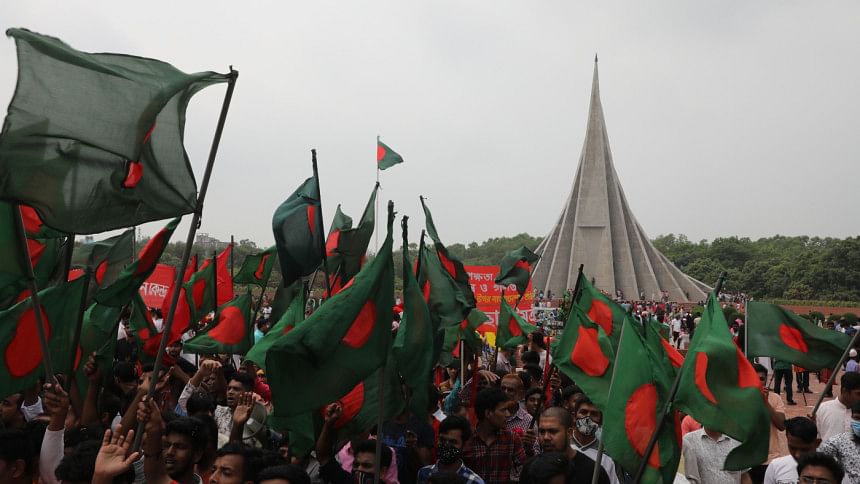
National Martyrs' Monument
Commonly known as the Smrithi Soudhu. Located at Savar, this is one of the national monuments of Bangladesh that often acts as a symbol for the nation and its victory through our War of Independence. The monument is a seven-pillar construction where each pillar represents a significant chapter in the history of our country. Visiting this monument can be a great way to discuss those seven phases and learn about our history.
Oporajeyo Bangla
Standing tall at the heart of the Dhaka University campus, the sculpture known as Oporajeyo Bangla is one of the most well-known sculptures dedicated to our Liberation War. The sculpture consists of three statues, a farmer, a nurse and a student; a representation of the fighting intent of everyone during the War of Independence. This representation is often considered to be a pioneer in the field of sculptures focusing on the Liberation War.
Sangsaptak
The word means to employ everything one has to win a war and the Sangsaptak sculpture represents such an image. Located in front of the central library at Jahangirnagar University, this 15-foot-high bronze sculpture depicts a warrior who despite having lost his limbs, still fights on. This is essentially the spirit of our people who fought in our Liberation War. It reminds us of our innate fighting spirit and how challenging the War was.
Swadhinata Sangram
Located on the road island of Fuller Road, between Jagannath Hall and Salimullah Muslim Hall, this is the largest sculpture in Bangladesh. The sculpture includes 18 martyrs from all the important movements in the history of Bangladesh. From the Language Movement to our Victory Day in 1971, the sculpture tells the story of our struggles and stands towering in a garden. In addition to the main sculpture, there are 116 more sculptures all over the garden depicting poets, scientists, revolutionaries, and leaders from all over the world.
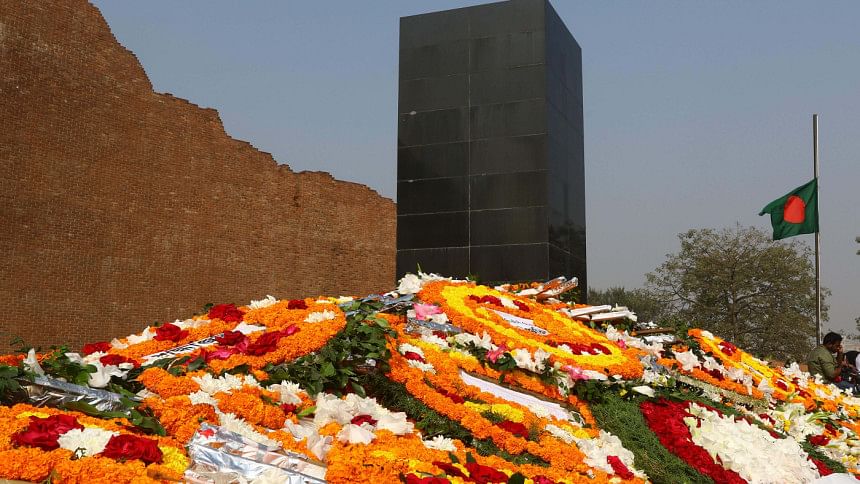
Rayer Bazar Bodhyo Bhumi
The Martyred Intellectuals Memorial is a monument located at Rayer Bazar, Mohammadpur in Dhaka. The memorial is a built-in remembrance of the intellectuals who were systematically massacred by the Pakistani army on 14 December 1971. Knowing their defeat was certain, the Pakistani army turned to the heinous crime of killing brilliant minds who could have ushered the new nation to a bright start. This memorial is built in their memory and could be a point of interest when it comes to learning about our national history.
Suhrawardy Udyan
Formerly known as Ramna Race Course ground, this place is important for anyone interested in the history of Bangladesh. On one side, there is the Eternal Flame; always burning and proudly marking the spot where Father of the Nation, Bangabandhu Sheikh Mujibur Rahman delivered his iconic Speech on 7th March, uniting us together for the war. There is also the Swadhinata Stambha, the well-lit tower in the middle of the ground, nestling a museum underground which can be another learning experience. On the other side of the Udyan, there is The Mausoleum of Three Leaders.



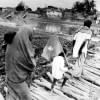
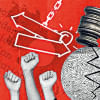

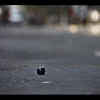
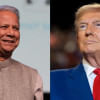
Comments